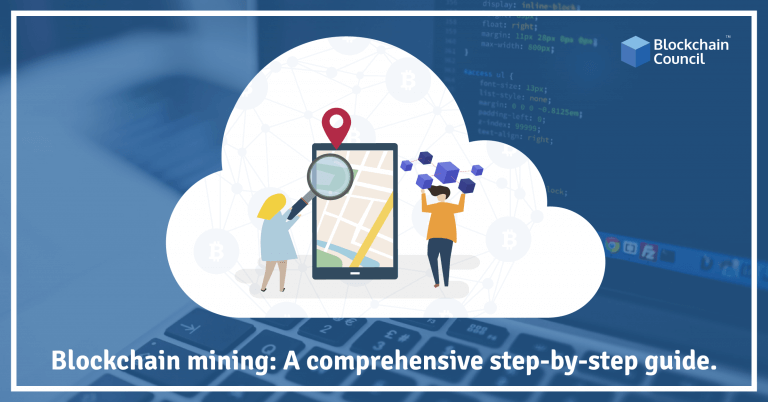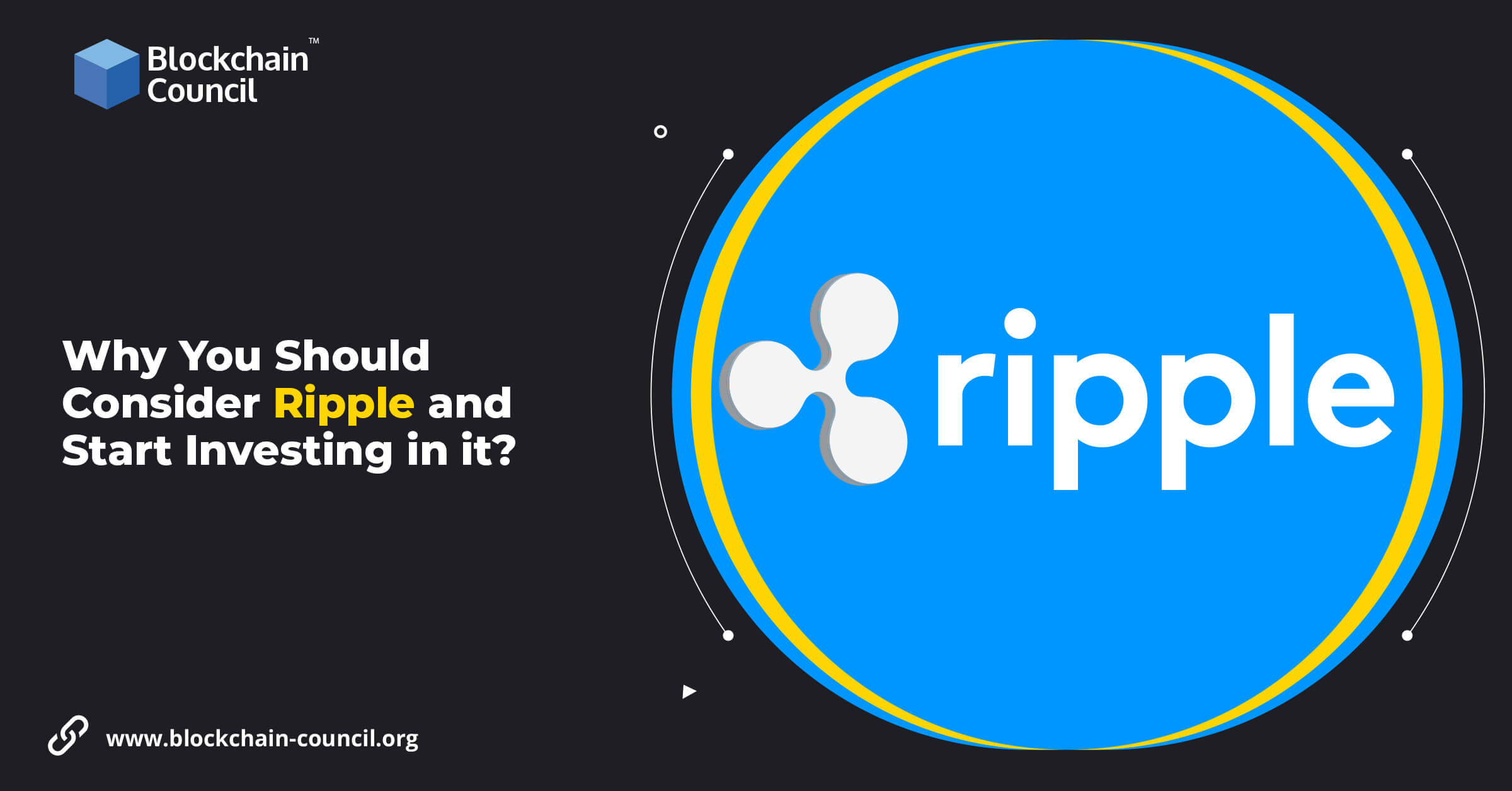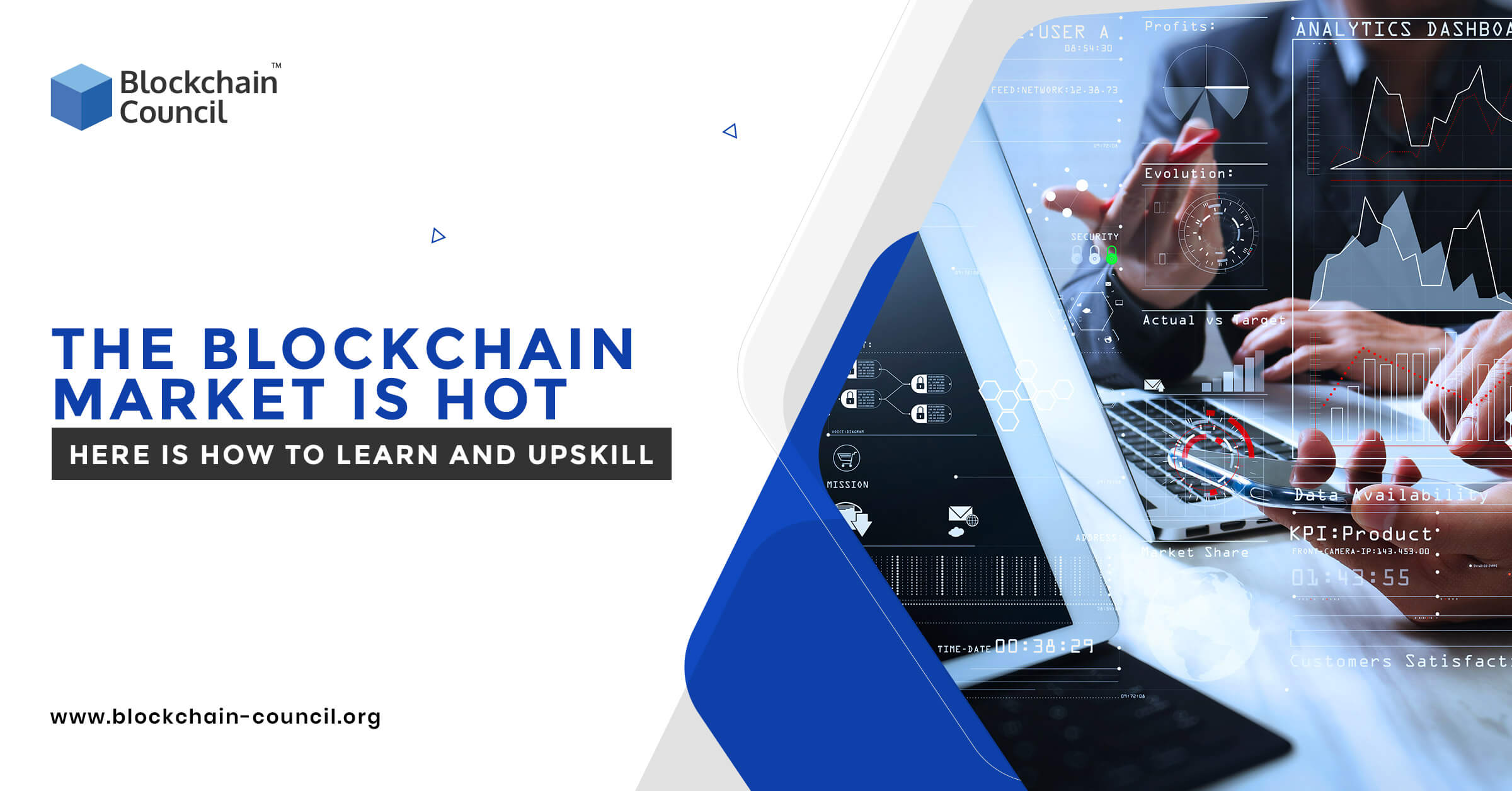
- Toshendra Kumar Sharma
- June 24, 2019
Introduction
In this world, nothing functions without reason. Everyone has a reason for indulging in something. Especially in the technological world, people indulge in certain activities if they are interesting, fun-filled, or are highly profitable. In a blockchain ecosystem, mining is one such integral and crucial feature, about which we will discuss in detail in this article.
As we know, blockchain is a distributed, decentralized ledger where information is stored in the form of blocks over a peer-to-peer network where every piece of information stored on the network can be viewed by all the participants in a safe, secure, and transparent manner.
What Is Mining?
Mining is not just a means to make money. In a specific sense, mining involves the issuing of new coins. It is a process which powers the decentralized blockchain. It is used to validate new transactions. It refers to adding large transactions to the large distributed public ledger of existing transactions.
Miners are the independent and interconnected nodes which verify transactions with the help of their computing power and then add them to the public ledger, which is the blockchain. Different validation methods are used for different blockchain implementations. The main function of mining is to reach an agreement on the net based on the transactions which can be considered valid. This prevents users from spending the coins which they have already spent in another transaction.
Why Would Someone Mine A Blockchain?
If you just answered ‘Money,’ you are right! It is possible to make money by mining a blockchain. But the amount of money you can mine depends purely on your mining capacity. Mining is done as it is crucial to maintain the integrity of a blockchain. More than being a way of making money, miners also have an important function in blockchain networks. Mining involves solving mathematical problems, approving transactions of other users, and opening new blocks. Mining guarantees the decentralization of the blockchain network and saves the blockchains from block fraud and hacker attacks.
Resources required for mining include computational hardware, electricity, maintenance, and cooling system. The greater the power of your mining setup, the more the mining capacity and money you can make.
Need For Blockchain Mining
Blockchain technology prioritizes fraud prevention. Due to the mining process, any transaction is added to the blockchain only after validation. This helps prevent fake or fraudulent transactions. Due to the constant growth in the number of miners and the increasing complexity of calculations, mining is no longer seen as just a means to make money. It has become a competition as only the first person to solve a block on the network receives cryptocurrency as a reward.
For reducing the chance factor and for evenly distributing the reward in accordance with the computing power of the equipment, miners create pools. The productivity of the equipment needs to be enhanced owing to the increasing complexity of calculations. Some blockchain networks impose software restrictions regarding permitting mining only from personal computers and this ensures that the blockchain network will not consume large amounts of electricity.
How Does Blockchain Mining Work?
Mining is mostly impossible and a very tedious task if you are using a desktop computer. It requires specialized hardware with fast computational speed. The two types of mining that can be done are:
Individual Mining
In individual mining, each miner sets up the hardware and registers himself for mining. When new transactions occur, a mathematical problem is given to all miners in the blockchain network. The miners’ hardware starts working to find solutions. The first miner who solves the problem, informs all the other miners in the network. This is then verified by the other miners to avoid false validation of the block. After verification, the miner gets the reward and the transactions are added to the blockchain.
Mining Pool
At times, a single miner would not have the required resources to mine the blockchain. In such cases, a group of miners comes together to form the mining pool. They combine their resources to mine the blockchain faster. Similar to individual mining, the mining pool also gets the problem and receives a reward for successfully solving it. This reward is distributed among the miners depending on the resources they have contributed.
Algorithms used for mining- proof-of-work and proof of stake
Proof-of-Work Algorithm
The mathematical problem given to miners is a difficult one which is based on the hash-algorithm which can be solved only by implementing each and every possible solution to check if it is right. There are no shortcuts to this. More than intelligence, to find the solution, one requires faster computational speed. This mathematical problem can be solved only by using the proof-of-work algorithm. Proof-of-work refers to the proof that the miner has used his time and resources to solve the mathematical problem. Mining requires a lot of resources. The miner receives a reward called the Mining Reward for spending his time and resources for solving the problem.
Proof of work is a widely recognized application which was invented in 1993 but received proper recognition only in 2008 with the emergence of the first cryptocurrency. The proof-of-work system allows reaching agreements and verifying transactions in a blockchain network. The main benefits of a PoW algorithm are defense from Denial of Service (DoS) attacks and low impact of stake on mining possibilities.
Denial of service is a cyber attack where hackers prevent legitimate users from accessing services. Though the use of PoW ensures reliable protection against the 51% attack (a potential attack on a bitcoin network where an organization can control a majority of the network mining power), there are certain arguments against the proof-of-work system. There is a huge amount of electricity wastage consumed by miners to find new blocks. It devours electricity in the pursuit of profitability. The other notable flaws of the PoW consensus algorithm are huge expenditures and the uselessness of computations.
Huge Expenditures
Highly specialized hardware is required to run complicated algorithms. Mining is now becoming increasingly available only for special mining pools. These consume a large amount of power and this, in turn, threatens the centralization of the system.
Uselessness Of Computations
To generate blocks, miners put in a lot of their efforts and also consume a lot of power. However, these calculations cannot be applied anywhere else. They provide guaranteed security to the network, but these cannot be put to use in any field such as business or science.
Proof Of Stake: The Alternative To Proof-Of-Work
Proof of stake (PoS) is an environmentally-friendly version of the Proof-of-work (PoW) protocol. It works on the principle that people owning the most coins in the network have a vested interest in maintaining the network and keeping the value of its coins high. Proof of stake uses a randomized process to determine the person who can produce the next block. Users can lock up their tokens for some time to become a validator (one who can produce blocks). Validators are also rewarded for their work, depending on the design of the blockchain. Usually, they either receive all or a part of the transaction fees of all the transactions in the block, or they will receive a fixed amount of coins.
PoS is more energy efficient than PoW. In a proof-of-work system, a miner may not be the owner of any of the coins that they are mining, which means that they aim to maximize profits without improving the network. In a proof of stake system, validators are given the much bigger incentive of maintaining the network.
The main idea of PoS is to completely replace external resources such as oil, coal, and electricity with internal resources such as the coins themselves. In a PoS, the work of miners, which practically burns through physical resources such as coal and oil, is replaced by a virtual resource found within the ecosystem itself.
Conclusion
A decentralized blockchain network would not be able to function if not for mining and miners. As we know, blockchain technology is disrupting dozens of industries and are being applied in almost every field such as banking, insurance, healthcare, education, digital marketing, cloud storage, network security, etc. With blockchain-based applications and digital currencies gaining traction, an ever-increasing number of miners will be required to fulfill the growing demand.
[custom_loop ids=” 9876 ,5396 ,5153, 9382″ type=”product”]





































































 Guides
Guides News
News Blockchain
Blockchain Cryptocurrency
& Digital Assets
Cryptocurrency
& Digital Assets Web3
Web3 Metaverse & NFTs
Metaverse & NFTs
